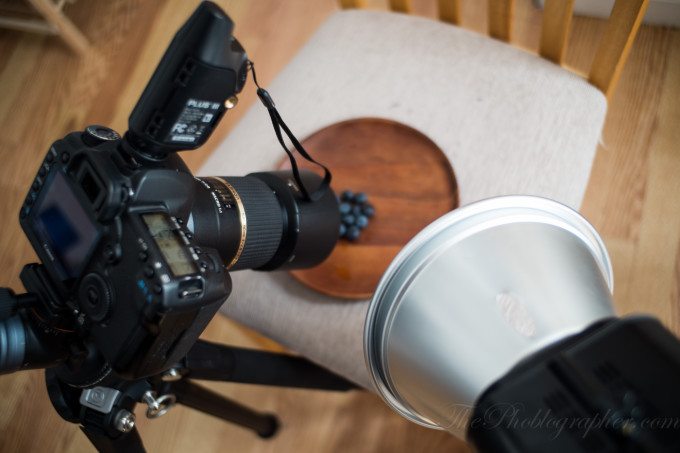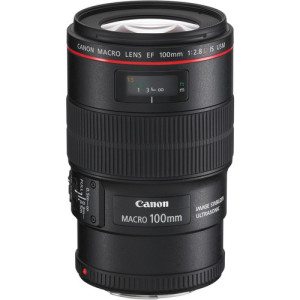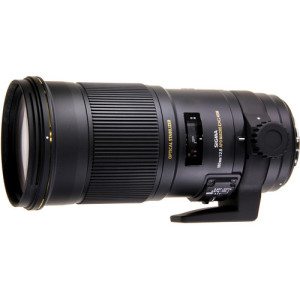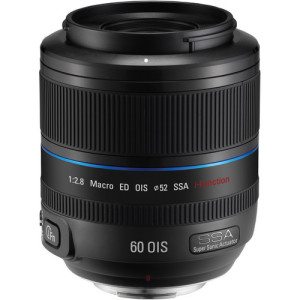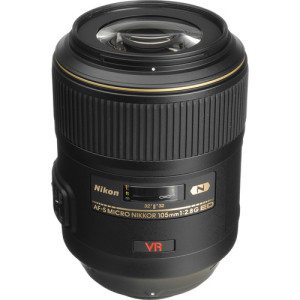Macro lenses are loads and loads of fun. Not only do they function very well as single focal length lenses but also for photographing subject matter very closely. The lenses come in various focal lengths–some are wide angle, some are telephoto, and some are more normal in nature. But whether you’re a professional or a weekend warrior, there is bound to be at least one instance in your life where you will need a macro lens.
For those moments, we recommend only a certain select few that really reach out to us.
Tamron 90mm f2.8 SP Di VC II
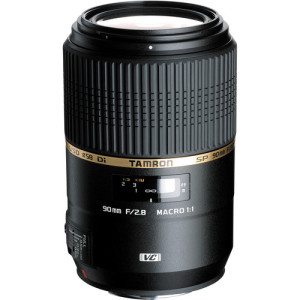 When we reviewed Tamron’s 90mm f2.8 Macro lens with VC, we had a lot of hope for it due to just how good third party brands had become in developing quality lenses. However, we didn’t expect to find that this lens would be as amazing as it was. Not only is this one of the sharpest lenses that we’ve tested, but it is also pretty well built. The lens incorporates weather sealing, focuses quickly, has some color rendition that made us not believe our monitors and also focused accurately. While the latter is a statement that should be a given, third party lenses sometimes tend to misfocus. But our copy didn’t require any micro adjustment.
When we reviewed Tamron’s 90mm f2.8 Macro lens with VC, we had a lot of hope for it due to just how good third party brands had become in developing quality lenses. However, we didn’t expect to find that this lens would be as amazing as it was. Not only is this one of the sharpest lenses that we’ve tested, but it is also pretty well built. The lens incorporates weather sealing, focuses quickly, has some color rendition that made us not believe our monitors and also focused accurately. While the latter is a statement that should be a given, third party lenses sometimes tend to misfocus. But our copy didn’t require any micro adjustment.
If you’re using this lens at the Macro range, you’ll need to have a studio light blasting your subject as speedlights typically aren’t powerful enough to get obtain the sharpest images: which also requires one to shoot at very low ISOs.
This lens is pretty darned sharp as well when stopped down to f32. And when using it with a camera mounted to a tripod, remember to turn off the VC.
When Tamron’s 90mm f2.8 VC II isn’t being used to photograph the skin of a blueberry, it’s a fine portrait lens.
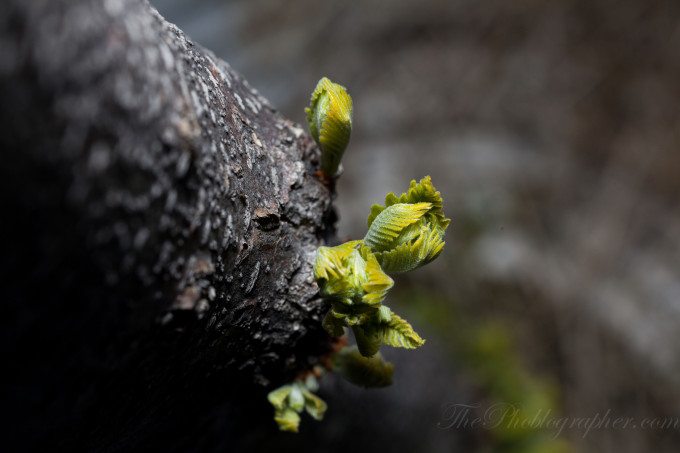
Canon 100mm f2.8 L IS
Canon’s 100mm f2.8 L IS is the update that many Macro fiends have been waiting for. Introduced a couple of years ago, this lens is a semi-upgrade to their 100mm f2.8 without the company’s built in stabilization. The lens was also given a build quality upgrade, a better feel to its focusing ring, and most importantly: weather sealing.
When we put this and its more affordable non-L lens to a head to head test, we didn’t find any significant differences in the image quality. Where the differences really counted were in the build quality, the IS motors, and the weather sealing.
But with all respect to our readers, you should only spring for this lens if you need one of the following:
– Image Stabilization
– Weather Sealing
– The need to impress your friends with the fact that you own Canon L glass.
Sigma 180mm f2.8 EX DG OS HSM Macro
As the longest focal length on this list, one of the biggest things that we were concerned with when we were producing this review had to do with focusing accuracy. Not only is this a Macro lens which enables an incredibly shallow depth of field, but it is a long telephoto length optic.
And guess what? Sigma won.
Now when you produce a long focal length, chances are that you’ll also put image stabilization into it for those us insane enough to try to handhold the lens while shooting. And sure enough, there is a switch on the side to toggle it on and off.
And what about image quality? The results were unexpected. We strongly believe that this lens can outresolve many modern sensors.
Once again though, it is very specialized–and we’re not sure most folks will be able to justify it to themselves. Still, it is one of the best macro lenses that we’ve tested.
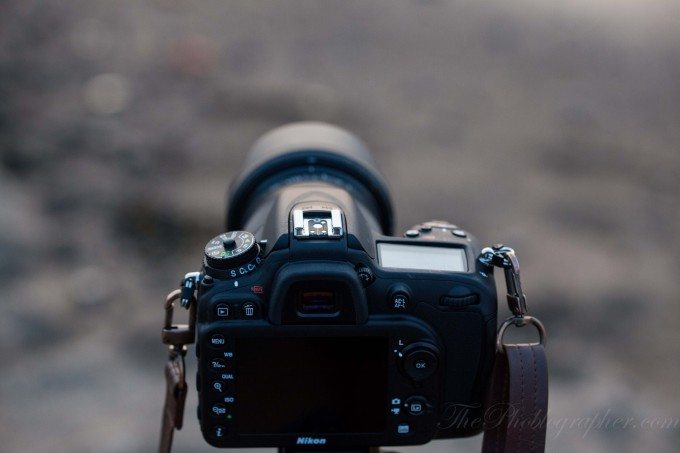
Samsung 60mm f2.8 ED OIS SSA Macro
Some may consider them an underdog in the photo world, but Samsung is actually a very big major player with lots of sales (most of them being outside of the US.) Then you consider all the technology that they’ve been innovating with to push the camera world ahead and you then start to realize that Samsung is perhaps the force in the industry that will quickly evolve into the monster that could eat everyone else in the food chain.
With that said, we need to mention their 60mm f2.8 macro lens. Though we’ve only spent a very small amount of time with the lens, we were still quite impressed by what it is capable of when working in conjunction with Samsung’s image sensors. We recommend ensuring that you don’t overexpose your images though as our tests have shown a lot of lost detail in the highlights.
Highlights are what really bring out the beauty in Macro lenses though–so if you manage to use one then we also recommend that you use a light meter.
Nikon 105mm f2.8 AF-S Micro IF-ED
The legend returns: to say that many Nikon photographers absolutely swear by the company’s 105mm f2.8 lens is an understatement. Not only will be useful as a macro lens, but many portrait photographers also are smitten with the lens.
So what words come to mind when we’re talking about this lens? How about sharp? Fast to focus? Macro? Did we mention sharp?
Many portrait photography teachers also recommend this lens above all else–and if you’re not a Nikon user then they recommend that you either become one or find a near equivalent.
Please Support The Phoblographer
We love to bring you guys the latest and greatest news and gear related stuff. However, we can’t keep doing that unless we have your continued support. If you would like to purchase any of the items mentioned, please do so by clicking our links first and then purchasing the items as we then get a small portion of the sale to help run the website.


